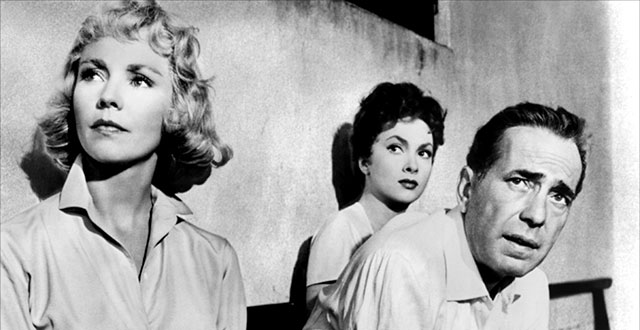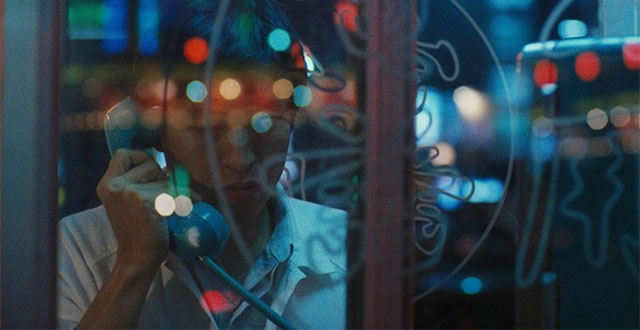News
'Beat the Devil' a Bogart oddity, digitally restored to its oddball fullest
Michael Phillips
6/16/2017
In film circles, the phrase turns up constantly in the marketing of revivals: "new 4k restoration." New's good, right? Naturally. All new things must be good. Or, at any rate, new.
Before we ...
read more >>
Le réalisateur Martin Scorsese veut restaurer et préserver les film africains
Arzouma Kompaore
6/12/2017
L’icône du cinéma américain Martin Scorsese, la fédération panafricaine des cinéastes (FEPACI) et l’UNESCO ont signé un accord de partenariat le 7 juin dernier à l'occasion du lancement du pro...
read more >>
Martin Scorsese’s Film Foundation World Cinema Project, UNESCO and FEPACI Explain Their Efforts to Restore African Film
Eric Kohn
6/9/2017
The new initiative will support the restoration of 50 major African films.
Aboubakar Sanogo is a scholar of African cinema based out of Ottawa and works for the Pan African Federation of Film...
read more >>
CRITERION’S “WORLD CINEMA PROJECT, VOL. 2” OFFERS A FILM CLASS IN A BOX
Brian Tallerico
6/9/2017
In 2007, Martin Scorsese created the World Cinema Foundation, a non-profit organization that exists to preserve and restore films from around the world that might not otherwise not only fail t...
read more >>



